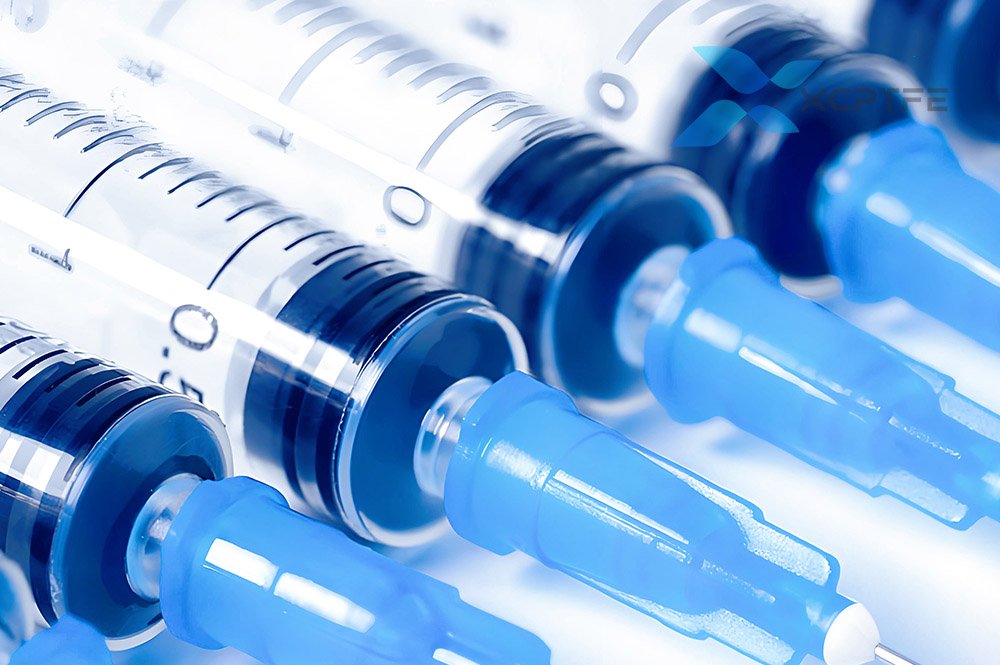The Critical Role of PTFE Material in the Medical Device Industry
In the field of medical technology, innovation often focuses on dazzling electronic devices or biologics. However, some of the most profound revolutions were silently driven by materials science. Among them, polytetrafluoroethylene (PTFE) is often referred to by its brand name “Teflon” ®” And he is famous for being such a hidden hero behind the scenes. It is far more than just a non stick coating; It is a crucial engineering material that is reshaping the possibilities of medical devices in various ways, silently safeguarding the lives and health of patients.
Why does the medical industry choose PTFE? Its unique attributes
PTFE did not enter the medical field by chance. Its molecular structure endows it with a series of almost irreplaceable characteristics that are highly compatible with medical applications:
Excellent biocompatibility: This is the cornerstone of PTFE’s foothold in the medical field. It is recognized as a physiologically inert material by organizations such as the United States Pharmacopeia (USP Class VI), which means it rarely causes rejection, allergies, or inflammatory reactions when in contact with human tissue, making it an ideal choice for implant applications.
Unparalleled lubricity: PTFE has the lowest coefficient of friction among all solid materials. This innate “smoothness” characteristic is crucial for devices that require deep penetration into the human body, greatly reducing tissue trauma and patient discomfort during insertion.
Strong chemical stability: PTFE can resist almost all known chemical substances, including strong acids, strong bases, and solvents. This feature ensures that its performance will not degrade when in contact with body fluids and disinfectants (such as alcohol and ethylene oxide), ensuring the reliability and service life of the equipment.
Excellent high temperature resistance: PTFE can withstand repeated high-pressure sterilization processes. This disinfection method using high-temperature steam is a standard procedure for hospitals to ensure the sterility of instruments, and the heat resistance of PTFE makes it a reliable component of reusable equipment.
Key application scenarios of PTFE in medical equipment
These properties make PTFE an indispensable part of many life saving and life enhancing technologies:
1. Cardiovascular intervention therapy:
Vascular Grafts: PTFE made prosthetic blood vessels used to replace or bypass blocked arteries (such as in lower limb vascular reconstruction or hemodialysis bypass surgery). Its porous structure allows human tissue to grow in and achieve long-term stable integration.
Catheters and Guidewires: PTFE coating provides an extremely smooth surface for catheters and wires, allowing doctors to easily and safely navigate them through tortuous blood vessels to reach the heart, brain, or other areas for angioplasty, stent placement, or embolization.
2. Soft tissue reconstruction:
Patches: PTFE soft patches are widely used in hernia repair, craniomaxillofacial surgery, and soft tissue enhancement. It has high strength, durability, and is not easily degraded in the body, providing a strong support structure for tissue regeneration.
3. Drug delivery system:
IV catheter and port: The lubricity of PTFE makes it easier for intravenous injection catheters to be inserted into the vein, reducing patient pain. Its chemical inertness also ensures compatibility with various drugs and prevents reactions.
4. Surgical instruments:
Electrosurgical Devices: PTFE’s excellent insulation and high temperature resistance make it an ideal coating or component for devices such as electric knives and ablation probes, which can accurately conduct energy and protect surrounding tissues.
Challenges and Future Prospects
Despite the excellent performance of PTFE, the industry is still constantly advancing. Its relatively low mechanical strength (which may lead to creep after long-term implantation) and difficult to bond characteristics are challenges that engineers are overcoming through composite materials (such as reinforced with fluoropolymers or fillers) and surface modification techniques.
In the future, with the development of minimally invasive surgery (MIS) and personalized medicine, the demand for high-performance biomaterials will only increase. PTFE and its composite materials will continue to play a core role in smaller, smarter, and more biologically integrated devices.

